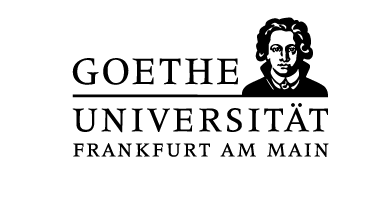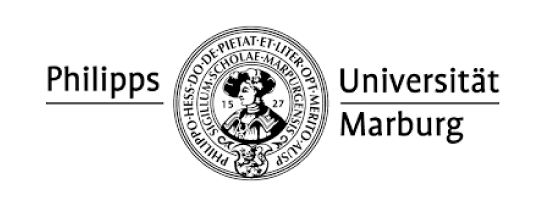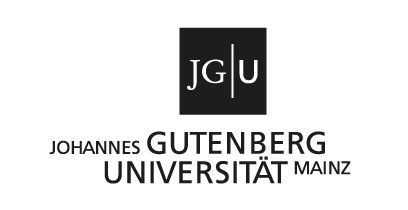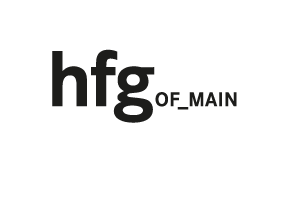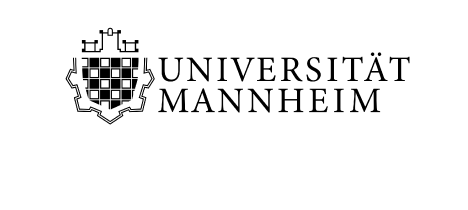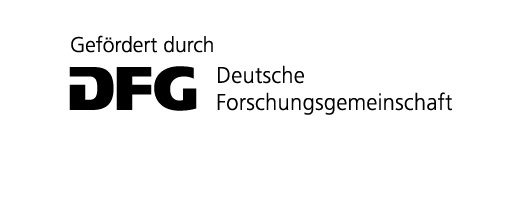Histoire(s) du cinéma: montage of history in Henri Langlois and Jean-Luc Godard
The aim of this research is to analyse Jean-Luc Godard’s montage in Histoire(s) du cinéma (1989-1998), in relation to the “montages” made by Henri Langlois in order to disseminate cinematographic art, to evolve the historical thinking implied, and build a concept of “montage of history”. The differences and similarities between Godard and Langlois’s montage methods, as well as their use of the same materials, will be analyzed in order to circumscribe the “montage of history” both in its methods and in its contents. We can observe, for example, a shift in chronological and geographical criteria, usually employed in a historicist way, in favor of other logics of association.
Langlois‘ exhibitions were often called chaotic, as he assembled images and objects without apparent order, and the same can be said of the montage of Histoire(s) du cinéma. A more careful analysis reveals, however, behind the apparent disorder, a thought which, through montage, affirms the tragedy of cinema. According to Langlois, the history of cinema is born of its almost destruction, and the imposition of the spoken cinema almost annihilates the silent cinema. Godard has the same thesis. He always problematized the cinema itself through his work, but in Histoire(s) du cinéma the very history of cinema, and that of the twentieth century are investigated through montage.
My hypothesis is that Godard’s investigation in Histoire(s) du cinéma is the extension of the conception of cinema history as Langlois developed it. In this sense, the analysis and comparison between the montages of both can reveal, in Histoire(s) du cinéma, the elements for the construction of a concept of “montage of history”, with technical, aesthetic and political implications. The concept of “montage of history” can be preliminarily defined as the product of the relations between the images, in the montages by Langlois and Godard, enhanced and relaunched, in Histoire(s) du cinéma, by greater ease of disposing and manipulating the images of the films, conferred by the use of video technology. The theory of montage, and the philosophical approach of history, will be evoked in order to extract the conception of “montage of history” from the analysis of sequences of Histoire(s) du cinéma.
It remains to be said that the “montage of history” presents a paradoxical aspect, since it is established, due to the type of historical thought implied in the montages of Langlois and Godard, between documentary and fictional variable perspectives. This aspect, together with the historical tragedy of cinema that emerges from its near-destruction, as we have seen, will be analyzed to better circumscribe both the technological and the political aspects of the “montage of history” through the concrete examples present in the montages of Langlois and Godard. Thus, the concept of “montage of history” will combine the montage of Histoire(s) du cinéma with the theory of montage in a historicalphilosophical, aesthetic-political approach, making the history of cinema consist, from Langlois to Godard, through its images.
Profil
Pablo Gonzalez Ramalho hat einen Doktortitel in Filmwissenschaft von der Bundesuniversität Rio de Janeiro (UFRJ), wo er das Zusammenspiel von Montage und Subjektivität im Kino untersuchte. Er leitet einen Filmclub im Casa Hans Staden, einer brasilianischen experimentellen Vereinigung, die sich dem kritischen Studium von Differenz widmet, wo er auch als klinischer Therapeut arbeitet und Filmtheorie mit verkörperter Praxis verbindet.
